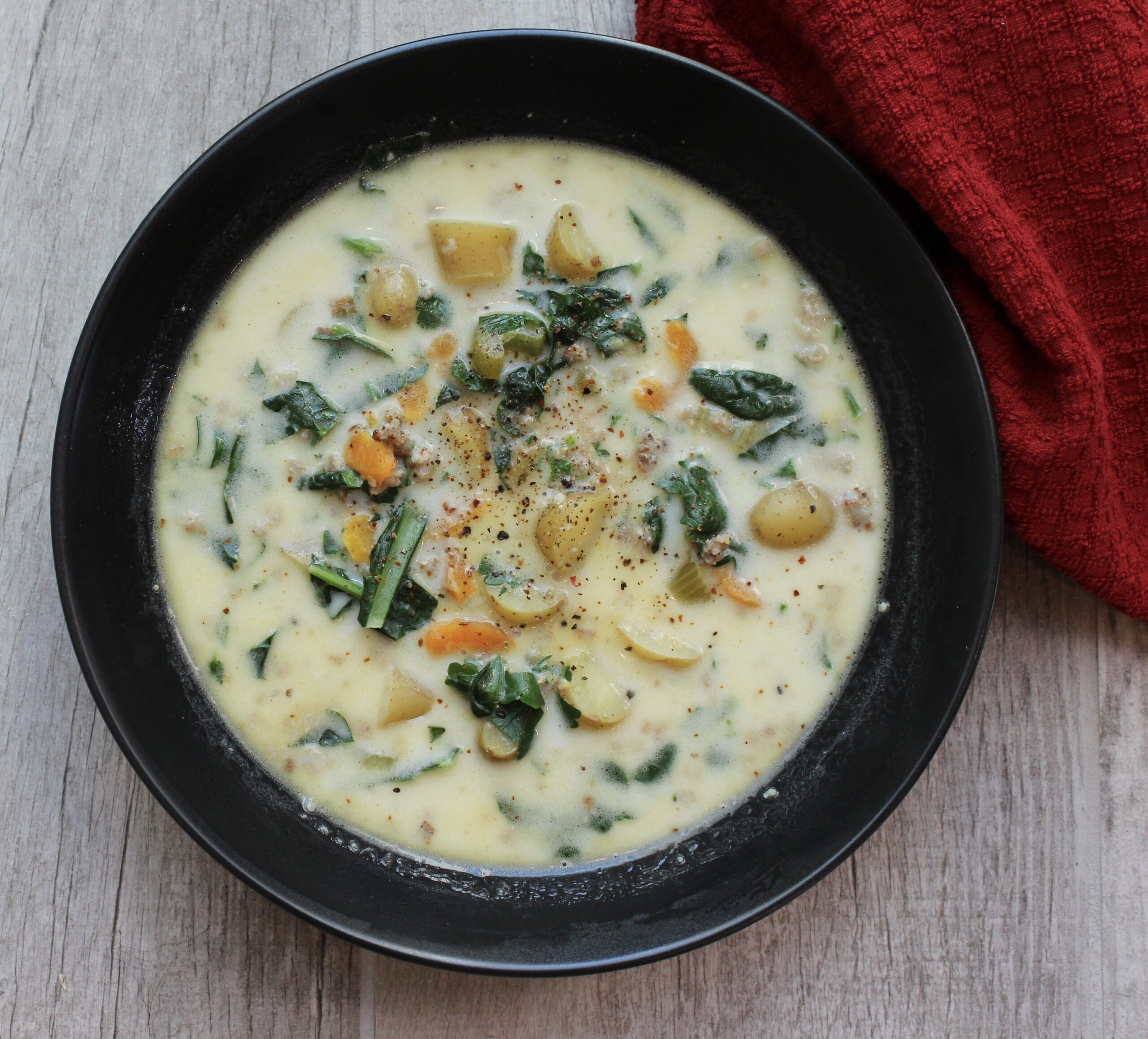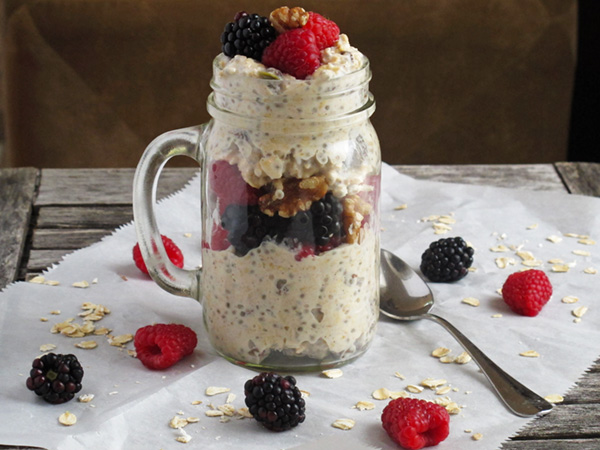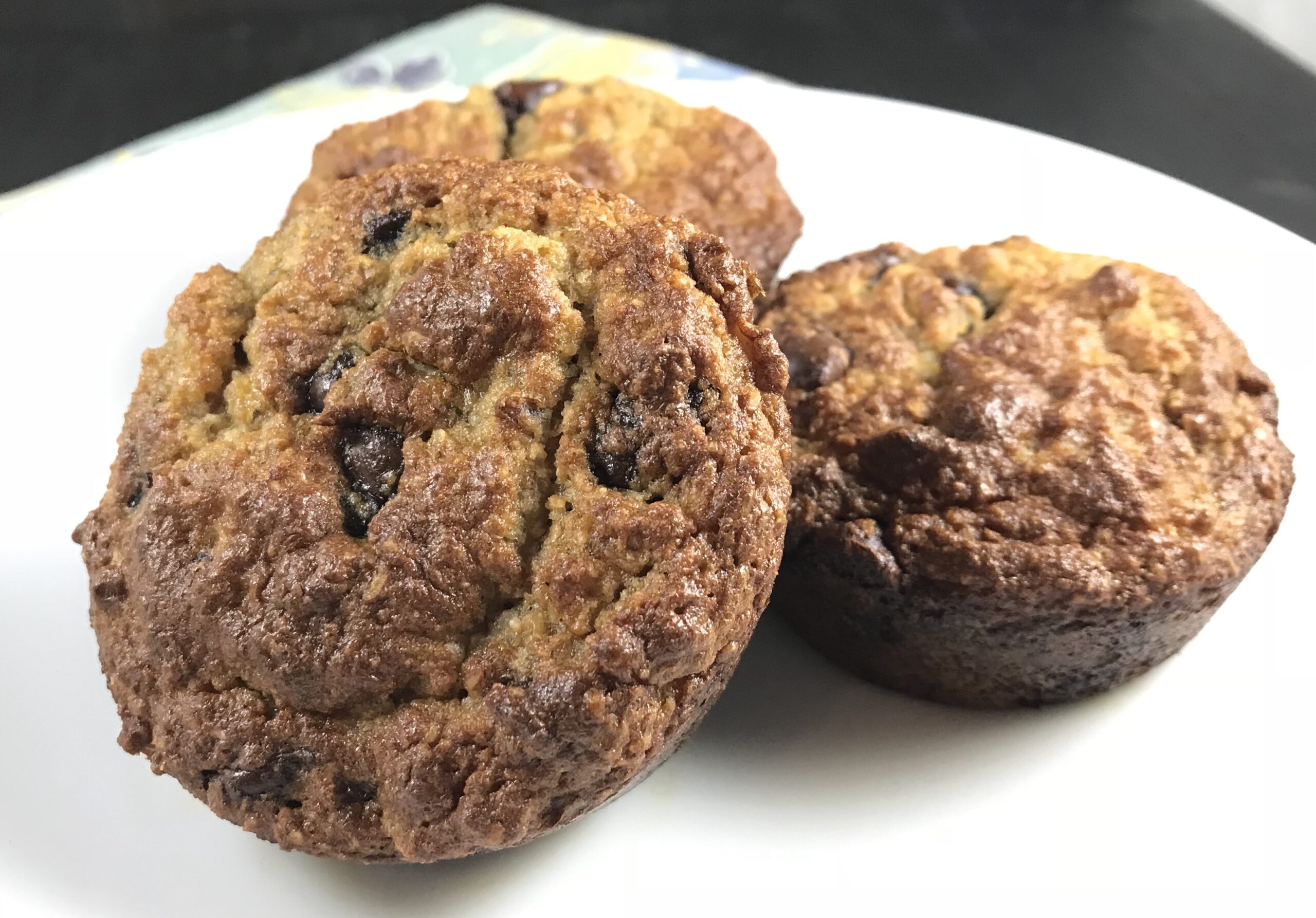Swabian Laugen Brezel
Published by Wendy Jo Peterson, MS, RD, CSSD on
Authentic, homemade German pretzel recipe, from my book Bread Making For Dummies (Wiley Publishing, 2020)
Notice the thicker base to the pretzel with the smiley face? This is traditionally seen in the Baden-Württemberg region of Germany–the home of pretzels!
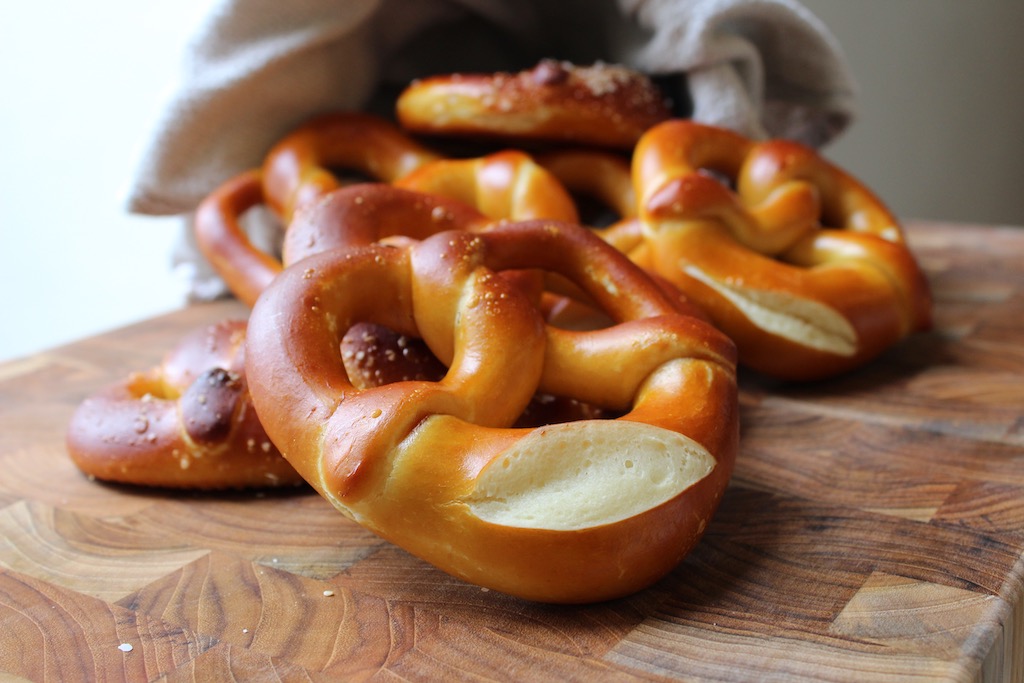
Pretzel making takes time, but homemade pretzels are incredible and worth every minute. Laugen is German and refers to what the pretzels are dipped in prior to baking. In the United States we refer to this as Lye. You’ll want to buy a food grade lye to use. Don’t over think using lye. Wear protective gloves and eyewear, and read the instructions of my recipe carefully. Lye is important to creating the color and FLAVOR of the pretzel. Trust me.
Pretzels hail from Bad Urach in the Swabisch Alb–a mountainous part of Baden-Württemberg. You can read more about the history of pretzels (Brezel–BRAY-tcell) here.
Franzi’s Pretzels (Brezeln)
Prep time: 45 minRise Time: 12 hours 20 minBake Time: 12 min Yield: 9 large servings or 16 smaller pretzels
Ingredients
2 grams (¾ teaspoon) active dry yeast
100 grams (1/2 cup) warm water
15 grams (2 teaspoons) honey
110 grams (1/2 cup + 2 tablespoons) whole milk
500 grams (2 ½ cups) Cake or Pastry Flour
80 grams (1/3 cup or 1 medium) boiled and mashed potato
10 grams (1 ¾ teaspoon) salt
26 grams (2 tablespoons) unsalted butter
For Baking:
4 % sodium hydroxide solution, food grade (Lye) + protective eyewear and gloves (see note for baking soda alternative) (18 grams of food grade lye crystals mixed with 2 cups cold water)
Coarse Salt
Water, for spraying pretzels after baking
Directions
1 In the bowl of a stand mixer with dough hook attached, mix together yeast, warm water, and honey. Let mixture rest for 5 minutes.
2 Add in remaining ingredients (milk through butter) and knead all dough ingredients together for 6 minutes. The dough should be elastic and smooth and not sticking to the side of the bowl. Cover and let rise in the fridge overnight for 10 to 12 hours.
3 The next morning, place the dough on an unfloured surface and cut into 9 cylinder pieces. Each piece should weigh approximately 95 to 100 grams each. Roll each piece into a snake-like piece, tapered at each end. Cover and let them rest for 5 minutes. Begin stretching out each piece of dough in 3 stages. This allows the dough to stretch and relax. Starting with your hands in the middle, roll the dough outwards to a length of 8 inches so that the middle is thick and the ends are thin and long. Do this to the other pieces. Then, return to the first one and using the same rolling technique, and leaving a thicker center, roll out to 16 inches, repeat with remaining pieces. Lastly, roll the dough out to around 30 inches. The ends will be tapered off and much thinner than the rest of the dough, with the center still thicker.
4 To form the pretzel: Holding one end in each hand, carefully lift the dough and twist around two times quickly, then set it down over the dough, exposing the bulge of the center. Press each loose end on top of each side in a typical pretzel form. Stretch the form out a bit and place it on parchment paper. Cover and let the dough rest for 2 hours.
5 Place the pretzels in the refrigerator for 15 minutes uncovered (this will create a skin/crust on the surface). Meanwhile, prepare the lye solution in a glass bowl or baking soda solution (See Chapter 4 for guidance) and preheat the oven to 500 degrees.
6 Prepare double-lined parchment paper or Silpat® lined baking sheets. Using a large skimmer or wooden tongs, dip each pretzel form into the lye solution for 4 -5 seconds. Then place the pretzel onto the clean baking parchment paper or Silpat®. Repeat with remaining 8 pretzels. Clean any metal tools immediately after dipping all the pretzels in warm, soapy water.
Warning: Be sure to wear gloves and safety glasses! Always use parchment paper when working with lye or it will corrode any metal surface it touches. Return the pretzel forms to a double-lined parchment paper.
7 Using a sharp serrated knife or bread lame, make a ¼ inch cut on top of the thickest part of the pretzel (between where you pressed each end). Sprinkle the pretzels with coarse salt.
8 Place pretzels in the oven and lower the heat to 445F. Bake for 12-15 minutes.
9 Immediately after taking out of the oven, use a water-filled, food-safe spray bottle and spritz the pretzels with water. This gives the crust a shinier look. NOTE: This is not a necessary step, but traditional in Germany.
Note: If you prefer to use a baking soda solution, refer back to Chapter 4 on how to add baking soda to boiling water. Parboil the pretzels for 1 minute, 1 to 2 pretzels at a time, drain, then place on baking sheet and continue with step 7.
Note: Pretzels are good for 2 days. If you wish to keep them longer, store in the freezer and omit salt. Salt will make the surface weep with moisture, staling the pretzels quicker.
Tip: Pretzels are a staple food throughout Germany. This recipe is traditional in the Swabia region. Serve as breakfast bread with boiled eggs or slice open and serve as a sandwich bread. Pretzels are great dipped into melted cheese or served with bratwurst. Many children throughout Germany prefer their pretzels spread with a salty cultured butter. Enjoy!
Copyright Wiley Publishing, Bread Making For Dummies 2020 written by Wendy Jo Peterson, reproduction of this recipe is not permitted.
Pretzel Shaping
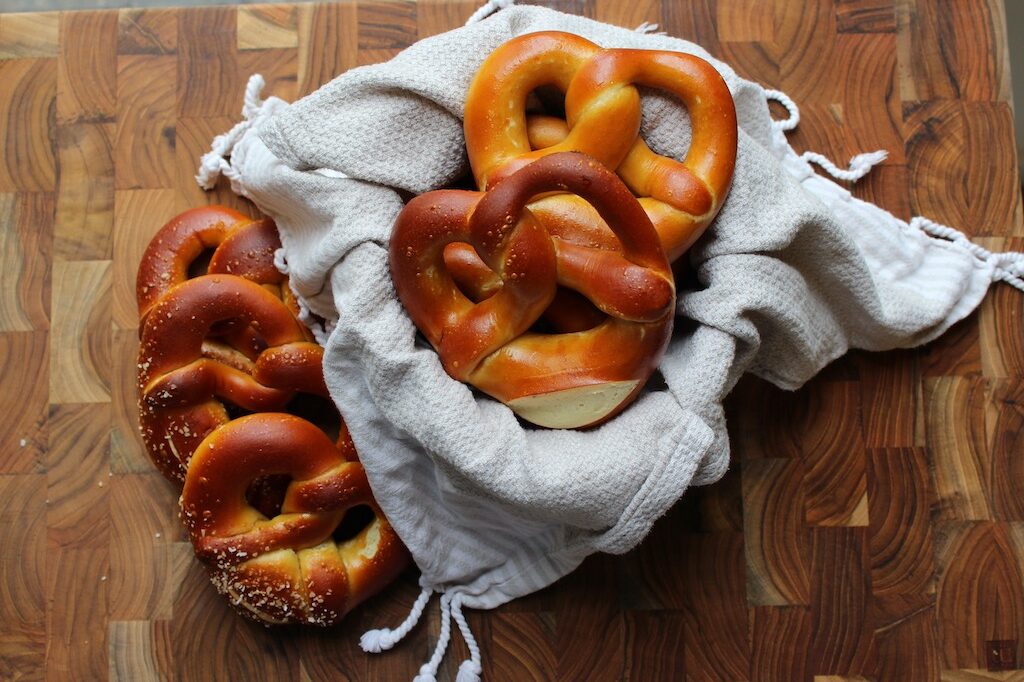
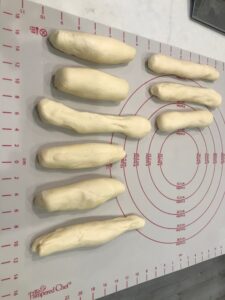
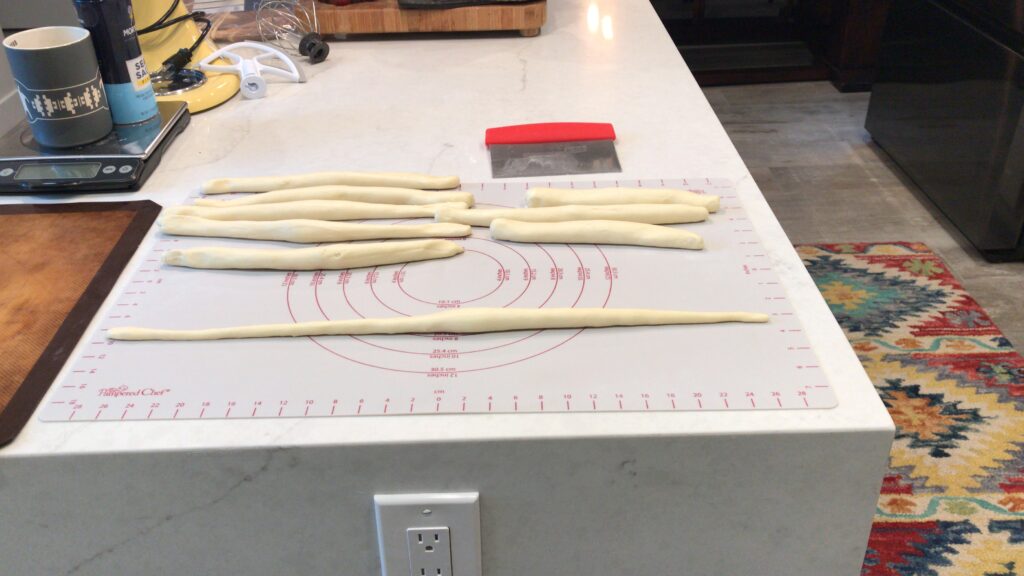
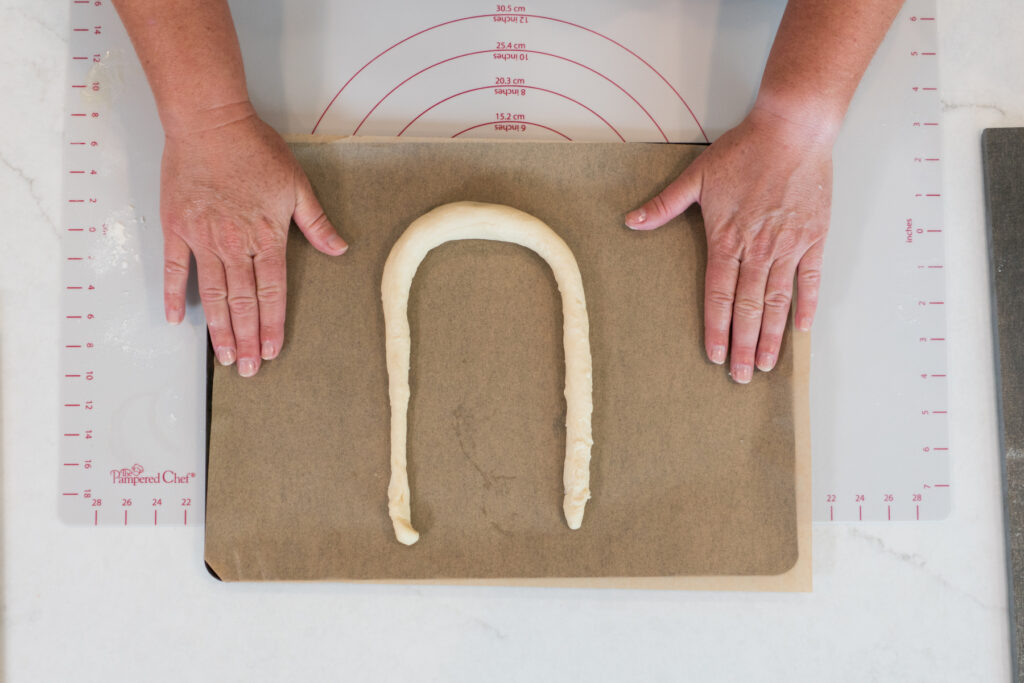
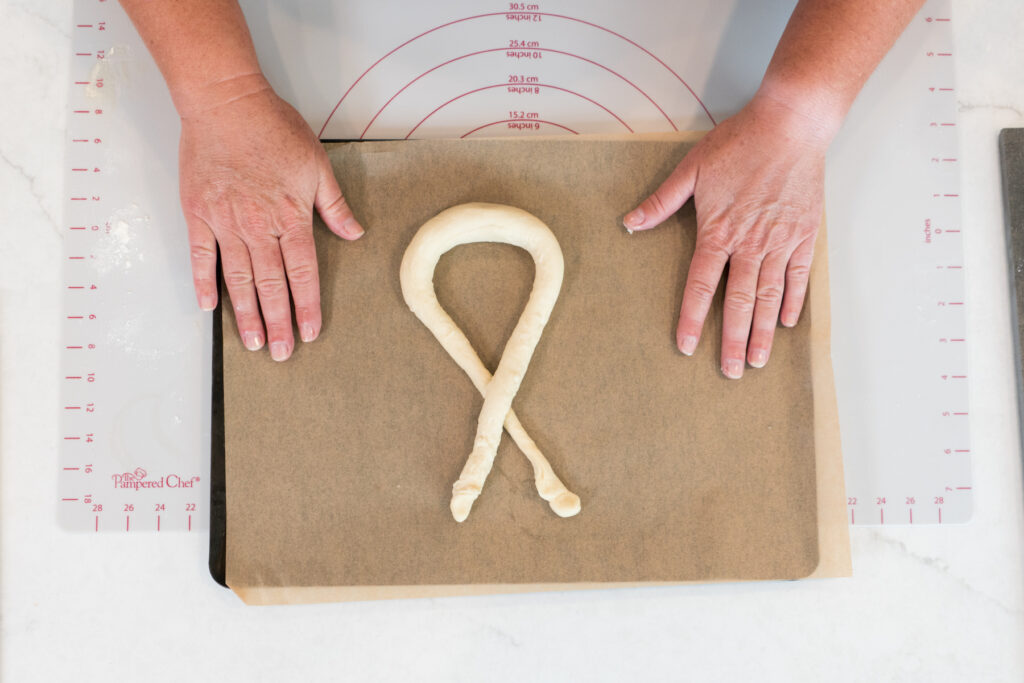
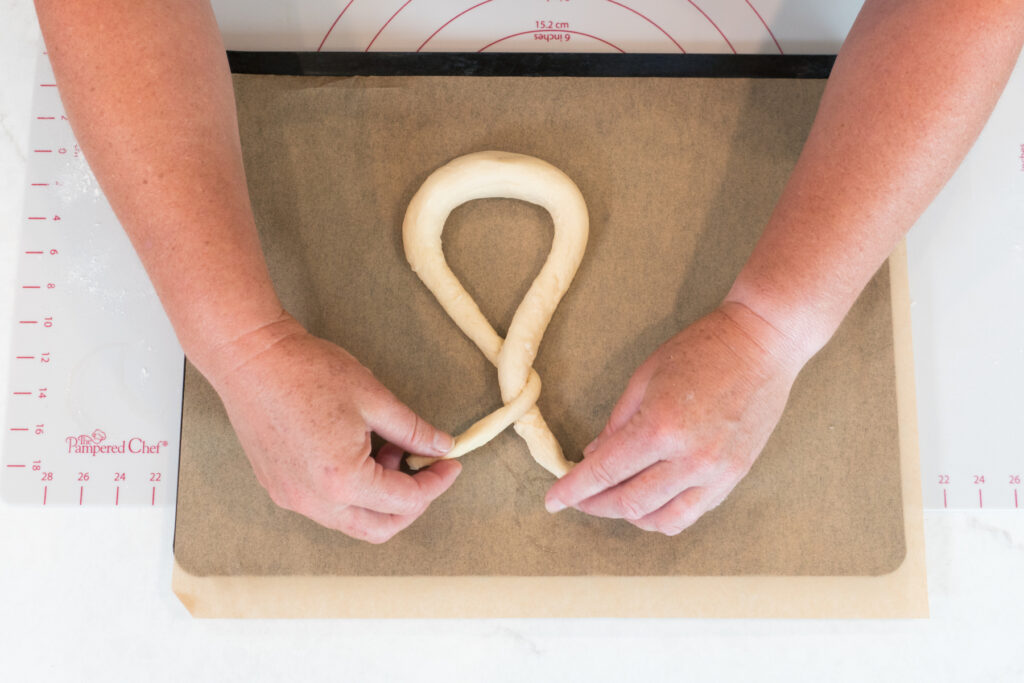
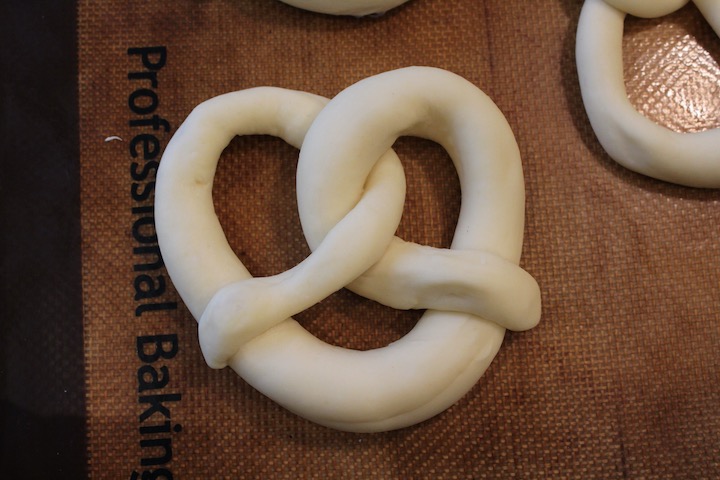
Huge thanks to my dear friend, Franzi Bürker for sharing this recipe with me, and teaching me the secrets of pretzel making.
Visit Baden-Württemberg! There are so many culinary adventures to have in this region. Check out these culinary experiences in the region. https://www.tourism-bw.com/things-to-do/wine-dine/culinary-journey
Discover the sunny side of Germany–Baden-Württemberg and all the adventures you and your family can have in this beautiful place. https://www.tourism-bw.com/plan/brochures

Side note, flours are not universal. In fact, in Germany there are far more flours on the shelves than in the US. If you need to find conversions or substitute an American flour type with a German flour, look to this blog post: https://www.germanfoodguide.com/flours.cfm
